[MUSAI] The Significance of Sound in Video Games
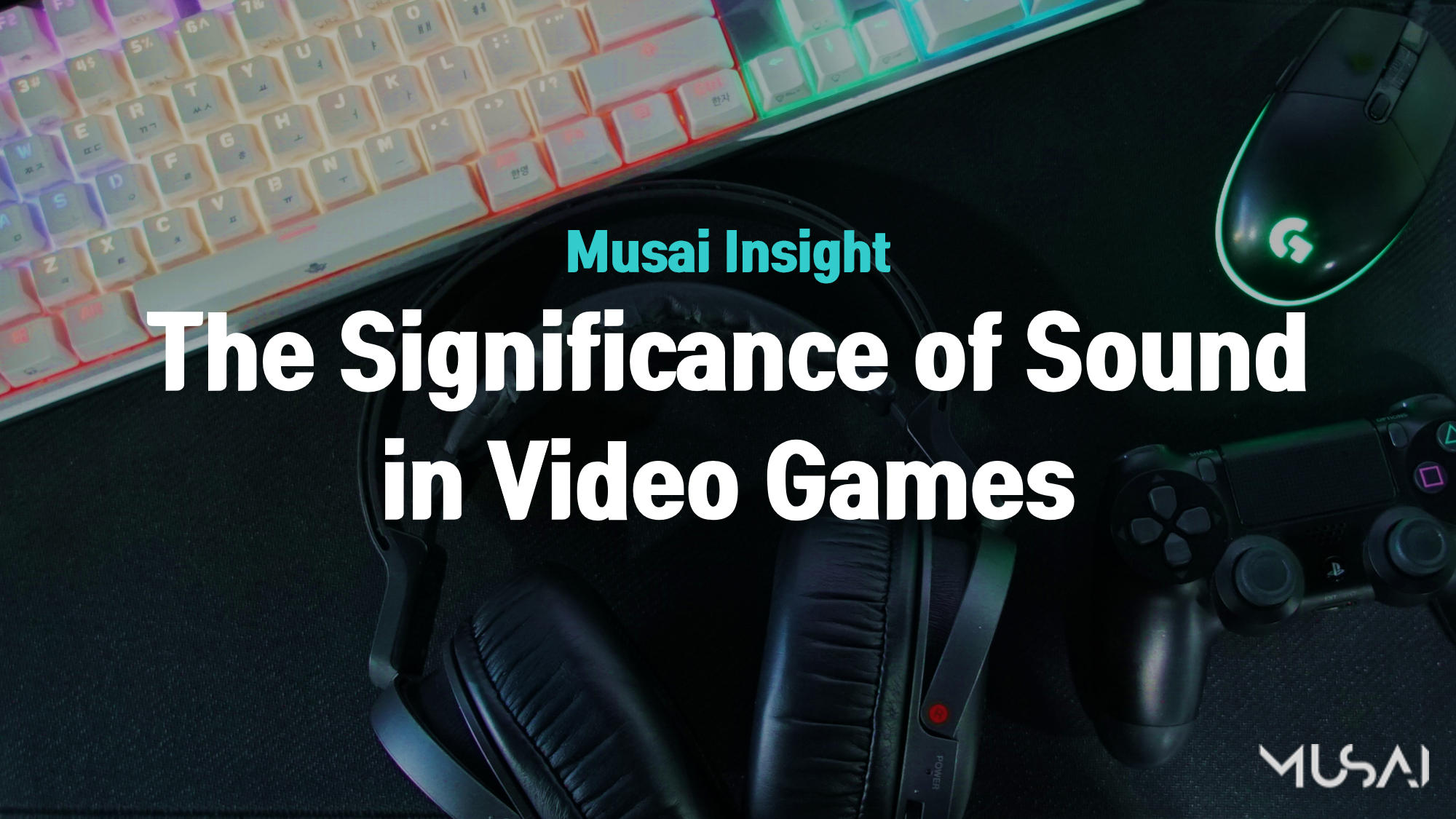
2021-02-04
With the entertainment market constantly on the rise, Video Games have become an ever-growing part of our world, forcing the market to develop higher quality standards, rapidly improving the gaming industry creating new milestones year after year. This in turn has also increased the expectations of the end user, demanding higher quality graphics, and story driven dynamic gameplay, creating lasting memories, and a virtual experience almost indistinguishable from reality at times. However, there is one aspect of the gaming experience that is often overlooked… Sound. Without sound, there is only a fraction of the atmosphere, like watching a movie on “mute”. To understand the importance of sound in video games, we can investigate the development and trends of audio in games, and how sound affects the overall gaming experience.
But before we get into it, we need to understand what sound is.
What is Sound?

Sound is a sensational phenomenon of vibrations perceived by one of our 6 known senses. The ability to hear sound enables us to become more aware of our environment, making sense of our surroundings affecting our perception of depth, speed and motion. More interestingly, sound is a direct cognitive response to our memories which are directly linked to our emotions, especially apparent in music. Sound has the ability to trigger natural instinctive physical responses, as well as emotional responses, which adds layers of depth in the experience of a game.
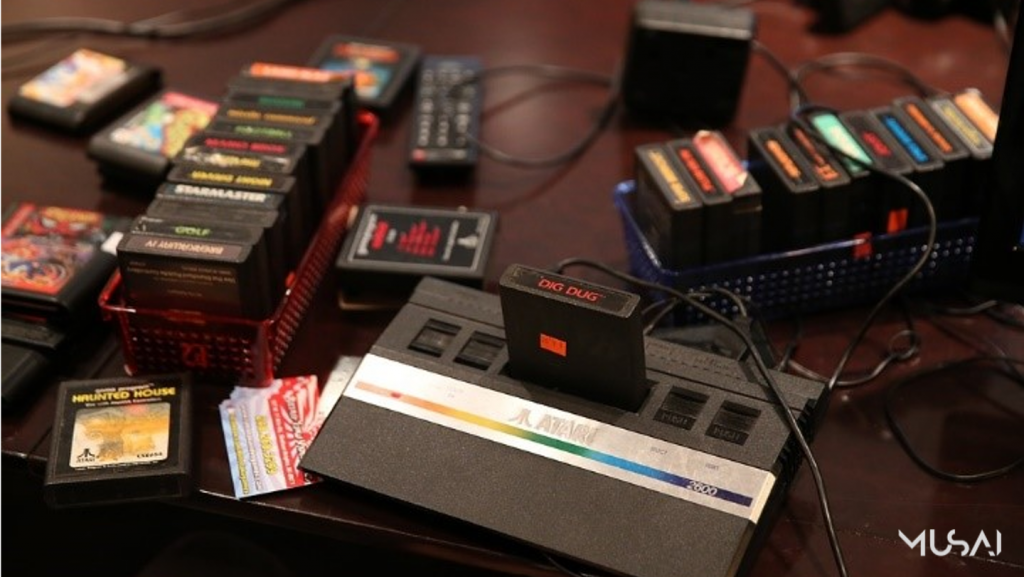
Back in the day, a simple beep generated by a chipset oscillator through a small piezoelectric speaker was enough to give the user feedback that some action has taken place in a game. Video games from the 80’s did a great job at maximizing the sound palette through limited computational resources. Games started off with simple UI sounds, to action triggers such as jumping in the air, shooting a gun, or some special effects, you may even be rewarded with a short musical tune to let you know you passed a level. Years later, there was the inclusion of background music and maybe some synthesized speech that was barely intelligible. Nowadays we can find ourselves immersed in fully 3 dimensional surround sound created from high quality sampled recordings to synthesized and procedurally generated audio, producing a continuous audible experience that blurs the lines between levels. In fact, almost everything you can actively hear in real life can be emulated in a videogame with almost life-like realness. There is a direct correlation to the advancements in technologies and the increase in quality of sound in games. With more processing power, and larger memory capacity, we are able to push the limits beyond what we can actively hear in a game, leaving the rest of the perception to our subconscious.
So how does all this technological advancement relate to the experience a user can gain from the sound within a game? Let’s first break up the major sound components of a game in order to assess their influential factors.
Ambience

Ambience is the atmospheric sounds we hear from the gentle rain falling on the leaves of a forest, to the ominous cold stale air in an abandoned underground subway station. The ambience can really set the backbone of an atmosphere, especially in games that do not have much music, and is more focused on the subtle mood of a particular area. This aspect really set the base tone and connects the gamer to feel planted within the environment.
Music
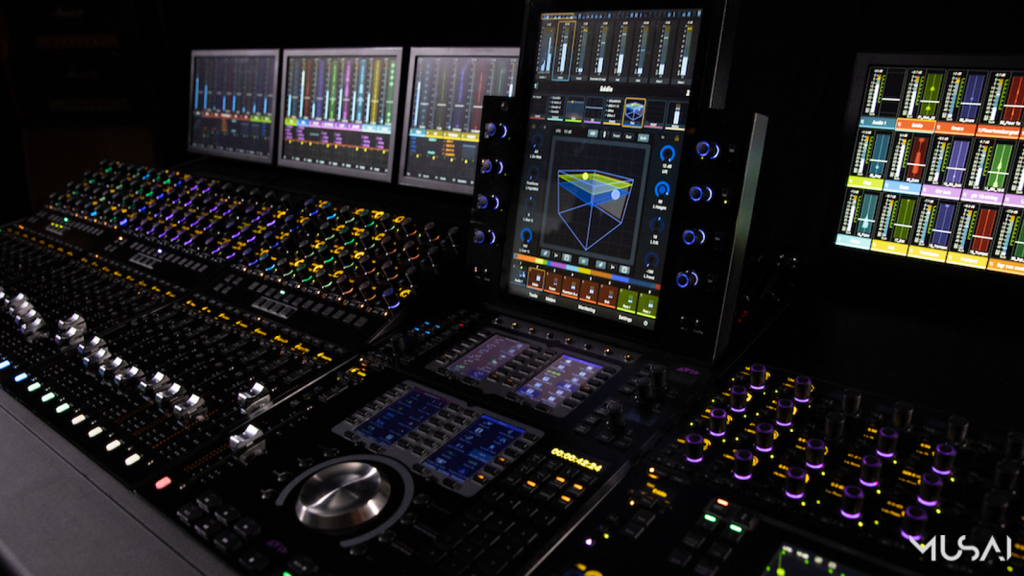
Music can really help drive a story, by dramatically affecting the emotions of the user. Background music can instantly make a scene sad, or uplifting and happy. It can also help build up tension in stressful situations, and slow down your heart rate in relaxing moments. Some games have music as the main focus of the game, using the tempo of the song or instruments to drive the actions of the gameplay. The music can really make a game shine, digging into the deepest part of our emotions to help drive the story beyond any visual experience alone. I still experience nostalgia when I hear music from old titles I’ve played in the past, which plants me back into the enjoyment I felt while playing the game.
Sound effects
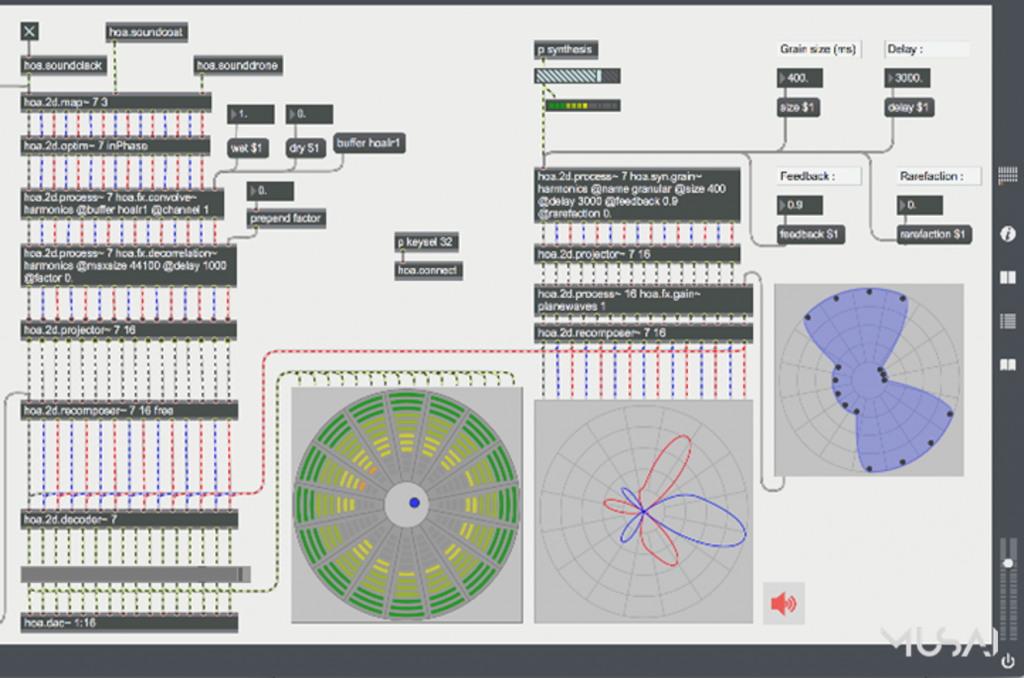
Sound effects can be a bundled set of sound components such as special effects, foley, user interface sounds and such. These elements are the most apparent cues within a game that stick out more than anything else. It could be the sound of a rocket launcher, to the sound of footsteps in snow, to the subtle clicks on a menu screen. These elements help acknowledge some sort of interaction in the game and without these elements, the sound texture of the game would lack in diversity, creating a bland game experience. The depth of sound effects can really create a sense of connection to the world and actions of the game.
Dialogue

Dialogue is one of the most crucial aspects of driving the interaction between characters and feeling involved in the story and characters. With the right talent casting, the voice actors’ performance will make all the interactions come to life, letting the user feel engaged in the situation. With more importance now focused on dialogue during game development, the dubbing industry has also grown to allow international gamers enjoy the experience in their native language. Even the use of actual popular movie actors has become a popular trend, allowing the gamer to relate to characters as they already have a sense of familiarity with the voices. Moreover, with an increasing amount titles improving graphics and with the implementation of VR, it’s almost impossible to read subtitles and text during gameplay, as it takes the gamer out of the experience.
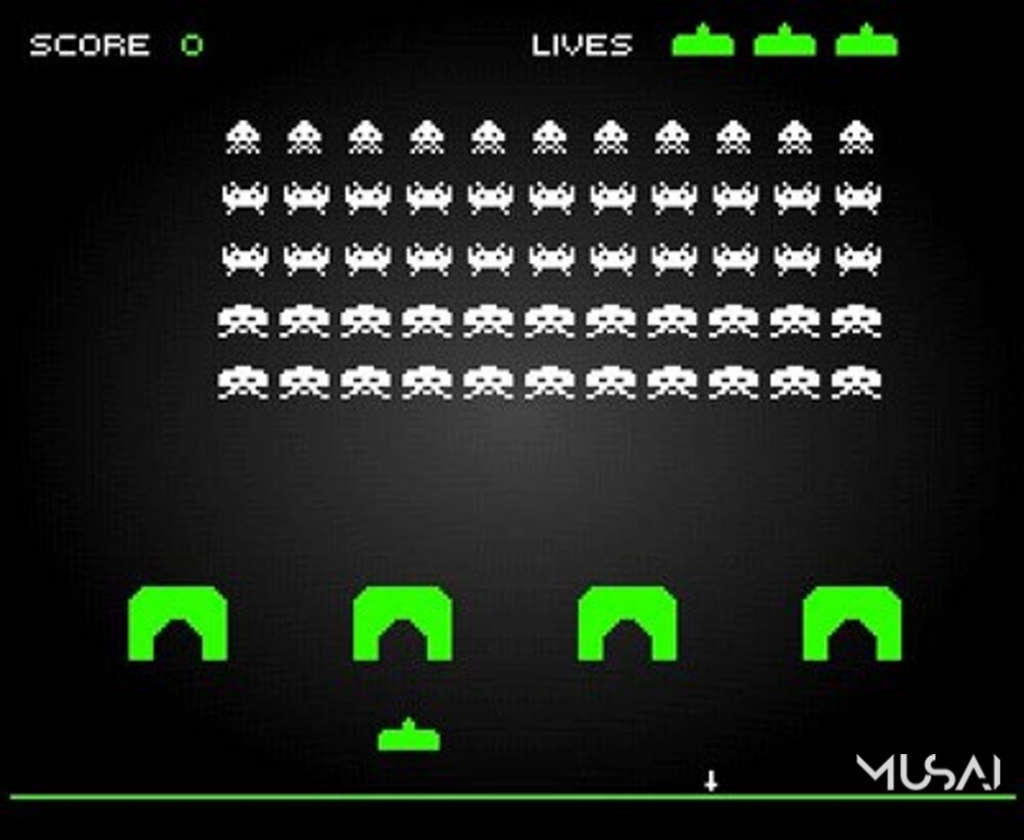
In conclusion, all these components in sound, add up to create a large qualitative portion of the gaming experience that cannot be felt otherwise. The influence of the ambience, music, sound effects and dialogue are great enough that when done correctly, a user can even play a game with their eyes closed and feel the depth of emotion. Long gone are the days of beeps and blips, as we are transitioning into an era of game audio that will further develop to components beyond our imagination. This development will create even more significance in the gaming industry, and with the implementation of AI and procedural methods, eventually, sound may become one of the forefront factors to any game.

Writer: Michael Kong
(Audio Director at Musai Studio)
Editor: Caroline Kim
** Did you enjoy the news of Musai? Please click subscribe and share the story.
BOOST YOUR PLAY! Musai Studio








Loved this article and it’s sine shifting revelations. We are on the same thought train.